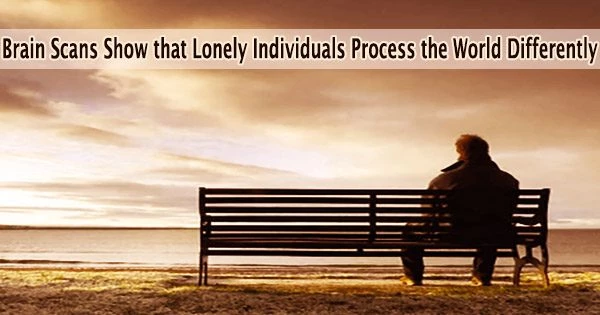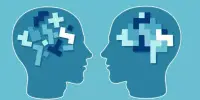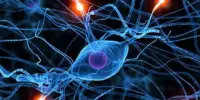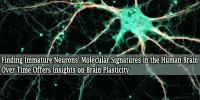Brain scans are medical imaging techniques used to visualize the structure and function of the human brain. They are essential tools in neuroscience, neurology, and psychology, providing valuable insights into various brain-related conditions and research.
The Russian writer and philosopher Leo Tolstoy may have been onto something when he wrote the opening line of Anna Karenina: “Happy families are all alike; every unhappy family is unhappy in its own way.”
According to a recent study that was led by a researcher at the USC Dornsife College of Letters, Arts, and Sciences and published in the journal Psychological Science, people who are not lonely process information in similar ways across the board, but those who are lonely each process the world in their own unique manner.
Numerous studies demonstrate the negative effects of loneliness on wellbeing, which are frequently accompanied with self-reported feelings of social isolation. In response to the rising number of individuals who experience loneliness, a recent report from the office of the US Surgeon General called it a public health problem. Even before the onset of the COVID-19 pandemic, approximately half of U.S. adults reported experiencing measurable levels of loneliness.
Loneliness is idiosyncratic
While she was a postdoctoral fellow at UCLA, Elisa Baek, assistant professor of psychology at USC Dornsife, sought to better understand what contributes to such feelings of disconnection and being misunderstood.
Baek and her team used a neuroimaging technique called functional magnetic resonance imaging (fMRI) to examine the brains of 66 first-year college students while they watched a series of video clips. The videos covered a wide range of topics, including wistful music videos, party scenes, and sporting events, offering a wide variety of situations for interpretation.
It was surprising to find that lonely people were even less similar to each other.
Professor Elisa Baek
Before being scanned, the participants, who ranged in age from 18 to 21, were asked to complete the UCLA Loneliness Scale, a survey that measures a person’s subjective feelings of loneliness and feelings of social isolation.
Based on the survey results, the researchers separated the participants into two groups: lonely and “nonlonely” (those not experiencing loneliness). They then scanned each participant’s brain using fMRI as the participant watched the videos.
The researchers found that those who reported feeling more alone than those who did not showed more distinctive and peculiar brain processing patterns when comparing the brain imaging data between the two groups.
This discovery is significant because it shows a connection between common worldviews and neural similarity, which measures how similar various people’s brain activity patterns are. This shared understanding is important for establishing social connections.
People who experience loneliness not only differ from how society expects people to perceive the world, but also from one another in interesting ways. This distinction may have an even greater effect on loneliness and a lack of social relationships.
Baek said, “It was surprising to find that lonely people were even less similar to each other.” The fact that they don’t find commonality with lonely or nonlonely people makes achieving social connection even more difficult for them.
“The ‘Anna Karenina principle’ is a fitting description of lonely people, as they experience loneliness in an idiosyncratic way, not in a universally relatable way,” she added.
Loneliness isn’t about having or not having friends
So, does idiosyncratic processing in lonely individuals cause loneliness, or is it a result of loneliness?
No matter how many friends or social connections a person had, the researchers found that people with high symptoms of loneliness were more likely to have unique brain responses. This suggested the hypothesis that, even if one routinely socializes with them, being surrounded by people who have different worldviews from one’s own may be a risk factor for loneliness.
The study contends that because social ties and disconnections change over time, this may have an impact on how idiosyncratically an individual interprets their environment.
Looking forward, Baek said she is interested in examining people who have friends and are socially active but still feel lonely. In addition, the researchers are looking at what particular situations lonely individuals process differently.
For example, do lonely people show idiosyncrasies when processing unexpected events or ambiguous social contexts in which things can be interpreted differently?
















